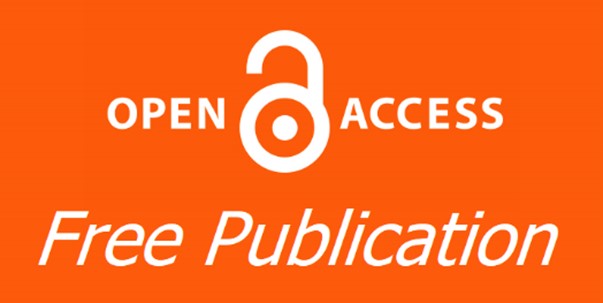Article Type
Original Study
Subject Area
Dacryocystorhinostomy
Abstract
Introduction:
Endoscopic dacryocystorhinostomy is a procedure employed to treat epiphora caused by anatomical obstruction of the nasolacrimal pathway. Its principle is to create a connection between the lacrimal sac and the nasal cavity to bypass the obstruction and restore the tear flow. Diverse modifications to conventional endoscopic dacryocystorhinostomy have been developed to improve its success rate. The present study aims to compare the results and assess the outcome of endoscopic dacryocystorhinostomy using a novel flap technique, inferiorly-based nasal mucosal flap, versus the posteriorly-based flap in cases of epiphora due to primary acquired nasolacrimal duct obstruction.
Patients and Methods:
Under general anesthesia, 30 patients, divided randomly into 2 groups, underwent endoscopic dacryocystorhinostomy using either a posteriorly or an inferiorly-based nasal mucosal flap.
Results:
The overall success rate was 93.3% with no statistically significant difference between the two groups. In the posterior flap group, epiphora resolved completely in 10 patients and improved in 3 patients whereas, in the inferior flap group, it resolved completely in 13 patients and improved in 2 patients. The overall complication rate was 33.3% with no statistically significant difference between both groups. The neo-ostium was obliterated and closed by a fibrous membrane in 2 patients (13.3%) in the posterior flap group. No major complications occurred in either group.
Conclusion:
The inferiorly-based nasal mucosal flap has a high success rate and low complication rate similar to the known posteriorly-based nasal mucosal flap. Thus, we can recommend it as a new adjuvant technique for endoscopic dacryocystorhinostomy with good results.
Keywords
Epiphora, Endoscopic dacryocystorhinostomy, Nasal mucosal flaps.
Recommended Citation
Hamdy H, Mohammad M, Elnashar I,
et al.
Endoscopic dacryocystorhinostomy with nasal mucosal flaps: A comparative study.
Pan Arab J. Rhinol.
2023;
13 : 28-37.
Available at:
https://pajr.researchcommons.org/journal/vol13/iss1/5
DOI: https://doi.org/10.58595/2090-7559.1214
Creative Commons License

This work is licensed under a Creative Commons Attribution-NonCommercial-No Derivative Works 4.0 International License.
















